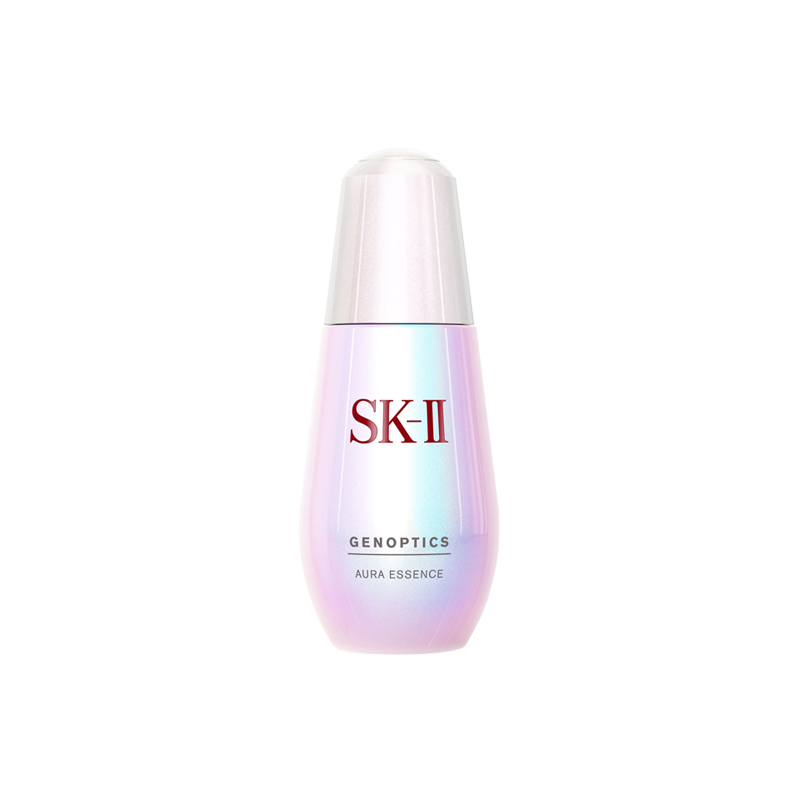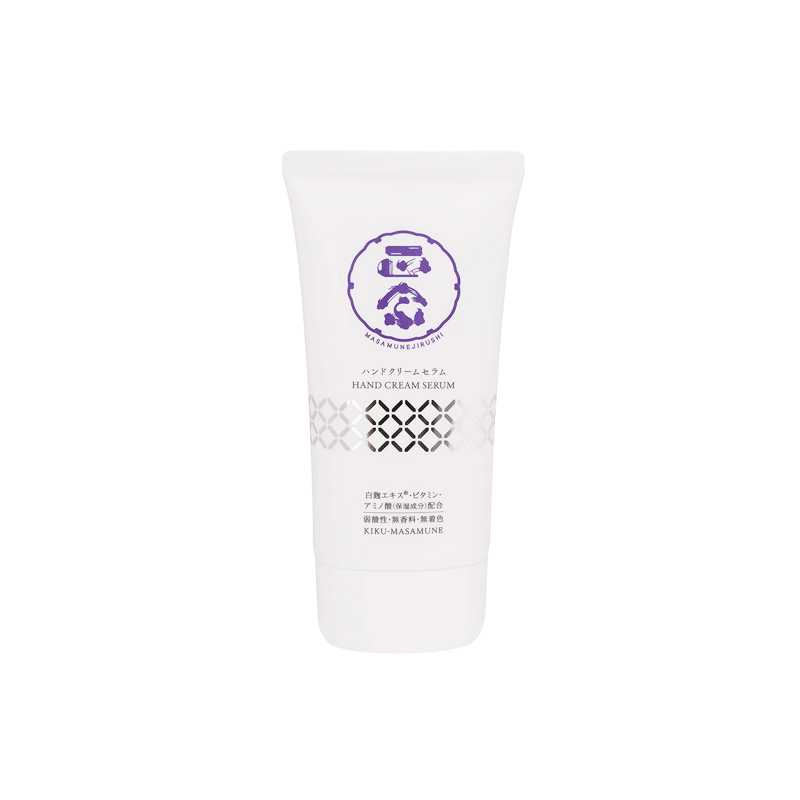Sake (or Japanese rice wine) has been used in Japanese skincare for centuries. During my extensive travels while living in Japan, I visited many sake breweries and discovered that a surprising number of them produce beauty and skincare products in addition to liquor. While many of these products are hard to source abroad, there are still plenty of Japanese brands combining sake and skincare. This guide takes a look at some of the bestselling products containing this magical fermented ingredient and where you can find them!
Please note: This post contains affiliate links. For more information, see my disclosures here.
Sake and Skincare Traditions
While sake is most famously known as a Japanese alcoholic beverage that is made by fermenting rice, it also has a long history in skincare and beauty. Geisha traditionally used sake in their beauty routines, using it as a lotion (before applying makeup) and adding it to baths before soaking. The ingredient is believed to soften and plump the skin, helping to moisturise and brighten. These traditions continue today, and it is common to use sake or sake-based products in skincare and bathing routines; even by simply adding a few cups of sake to your bath water!
What is sake?
While known as ‘sake’ abroad, in Japanese it is known as ‘nihonshu’ which translates to ‘Japanese liquor’. It has been produced for centuries and around 1,800 breweries remain in Japan today. Sake is made by fermenting rice in a labor-intensive and complicated process, much of which is done by hand. The main components used to produce sake are polished rice and spring water, along with koji spores and yeast. These koji spores are a type of fungus that is used to produce fermented foods like soy sauce, miso, shochu and sake too.
How is sake made?
- Sake production starts with rice that has been polished, washed, soaked and steamed.
- Some of this steamed rice is then used to produce koji. Koji spores are added to the rice and it is mixed by hand regularly over a period of about three days. This process results in koji, a product rich in enzymes.
- Some of this koji is then used to produce shubo. The koji is combined with more steamed rice, water and yeast (sometimes lactic acid too) and developed over a period of about two weeks. This results in shubo, which acts as a yeast starter.
- After this the main fermentation can begin. With the shubo as a base, small amounts of rice, water and koji are added in successive stages. This is fermented over a period of around 18-32 days.
- Finally the mixture is pressed to separate the liquid sake from the solid sake kasu (or sake lees). From start to finish this sake brewing process can take a few months. Then the ageing process begins, which takes another six months or so.
How is sake used in skincare?
There are many kinds of rice-derived ingredients used in Japanese skincare. Some products feature ingredients derived from white rice, such as rice water and rice bran. Other products feature fermented ingredients which are derived from processes like sake production, including fermented rice water (also known as ferment filtrate) and sake kasu (sake lees). This guide is focused on these fermented ingredients, though many products (like the Keana Nadeshiko Rice Mask) include both kinds!
Sake and Pitera
Pitera is just one type of fermented rice water derived from the sake making process. In the 1970’s scientists accidentally discovered that toji (sake master brewers) had particularly smooth and youthful looking hands despite their old age and started investigating the cause. It was discovered that submerging their hands in rice ferment over the years had a positive effect on their skin and appeared to slow down the aging process.
Over five years, the scientists worked to isolate over 350 yeast strains before finally discovering the miracle ingredient. This clear liquid is rich in vitamins, minerals, amino acids and organic acids and was trademarked as pitera (also known as galactomyces ferment filtrate). This ingredient is used exclusively by SK-II in their products; including their infamous Facial Treatment Essence. Many people swear by this bestseller!
Sake Kasu (aka Sake Lees)
Sake kasu (or sake lees) is the solid material leftover from the sake fermentation process after pressing. Not to be wasted, it is used in many other ways. It is most commonly used as a food flavoring ingredient, but is also beneficial for the skin and found in many skincare products too (such as the Wafood Made Sake Kasu Pack).
What are the beauty benefits of sake?
Brightening
As a result of the sake fermentation process, sake contains kojic acid which can provide lightening and brightening benefits. This compound reduces the amount of melanin that the skin produces. This can help to lighten skin and reduce the appearance of freckles, sun spots, age spots and other dark areas. It also helps even skin tone.
Hydrating
Sake contains many different kinds of amino acids, which help to maintain hydration and give skin a supple appearance. One example is glutamic acid, which helps aid skin hydration by preventing moisture from evaporating.
Smoothing
These same amino acids are often highly concentrated and also help to improve the skin’s overall texture and appearance. One example is alanine (found in collagen peptides) which helps maintain skin elasticity and strength. Sake is also rich in saccharides, which can help to replenish the skin.
Anti-Aging
Many of these amino acids also work as anti-aging ingredients, such as proline, which helps to diminish the appearance of fine lines and wrinkles. Sake also contains ferulic acid, an antioxidant that works to absorb UV light and help defend the skin against sun damage.
Exfoliating
Sake is also considered an effective exfoliant, removing dead skin cells without stripping the skin. Some products even contain rice particles or sake lees as a gentle physical exfoliant.
Acne Care
As an alcohol, it is said that sake helps minimise the appearance of pores and helps control sebum production. The brightening effects of kojic acid can also help improve past acne scars.
Sake Skincare Products
While this list is focused on sake skincare products from Japan, it’s important to note that sake is also an incredibly popular ingredient in Korea too!
1. Sake Cleansing Oil
SK-II Facial Treatment Cleansing Oil
This list has quite a few products from Japanese luxury brand SK-II, starting off with this cleansing oil. Recommended for oily to combination skin types, it is perfect for the first step in a double cleansing routine and will remove makeup and sunscreen. It contains the magical ingredient pitera (also known as galactomyces ferment filtrate).
2. Sake Face Wash
Wafood Made Sake Lees Face Wash
This face wash is from Wafood Made, a range focused on using ingredients derived from traditional Japanese cuisine (a combination of ‘wa’ meaning Japanese and ‘food’). It contains multiple rice-based ingredients, including sake lees extract from Kawazu Shuzo Sake Brewery in Kumamoto, along with fermented rice water and rice flour too. The sake lees help to cleanse pores and remove dullness for smooth clear skin.
3. Sake Exfoliator
Tatcha The Rice Polish Gentle
Tatcha is an American brand specializing in beauty products inspired by the Japanese skincare rituals of geisha. Many of their products (including this one) contain their trademark ingredient Hadasei-3, which contains a combination of nutrients from green tea, algae and rice (specifically rice ferment filtrate). This product comes in a powder form and when water is added, it creates a rich foam that gently exfoliates with finely ground rice bran. It is one of their most popular products and comes in four variations: Classic, Gentle, Calming and Deep.
4. Sake Lotion
Kiku Masamune Sake Skin Care Lotion High Moist
Kiku Masamune is a famous sake brewery in Kobe (from 1659!) that produces their own sake skincare line. Their bestselling product is this lotion that has quite the cult following. It contains fermented rice water, amino acids (glutamic, arginine and leucine), ceramides 3 and 6 II, placenta extract and arbutin. This lotion is super affordable, comes in a huge bottle and is a favorite product for many! See our guide to Kiku Masamune Lotions for more.
5. Sake Essence
SK-II Facial Treatment Essence
The most famous product by SK-II is their Facial Treatment Essence, which contains their exclusive ingredient pitera (aka galactomyces ferment filtrate) along with rice extract, niacinamide and ceramide. Gently patted into the skin, it is often described as ‘miracle water’ and one bottle is sold every two seconds! Though a little product goes a long way, it is certainly an investment. If you’re looking for a more affordable alternative, the most well-known (with similar ingredients) is Missha Time Revolution The First Treatment Essence from Korea.
6. Sake Serum
SK-II GenOptics Aura Essence Serum
Truth be told, I really just can’t get past this packaging! This milky serum is also from SK-II and packed with their infamous pitera, along with added niacinamide. It absorbs quickly to help prevent dark spots and give skin a smoother texture and brighter glow. That said, this one is an even bigger investment than the essence!
7: Sake Mask
Wafood Made Sake Kasu Pack (Sake Lees Pack)
Another product from Wafood Made is this Sake Kasu Pack, which is a wash-off face mask. It contains sake lees extract from Kawazu Sake Brewery, along with fermented rice liquid. Applied to the face after washing, it is left on the skin for 5-10 minutes, before rinsing off. It can be used 2-3 times a week and leaves skin feeling clear and moisturized.
8. Sake Sheet Mask
Keana Nadeshiko Rice Mask
Keana Nadeshiko are famous for their rice-based skincare range and their iconic packaging. One of their bestsellers (and award winners) is this sheet mask which contains rice ferment filtrate (sake), rice bran oil, rice bran extract and added ceramides. It is loved for minimizing the appearance of pores and leaving skin feeling super moisturized!
9. Sake Eye Cream
SK-II R.N.A. Power Eye Cream
The last one from SK-II! This eye cream contains the exclusive pitera which is packed with amino acids, vitamins and minerals, along with added niacinamide. It has a silky texture that absorbs well and helps to achieve more supple skin and less visible wrinkles.
10. Sake Moisturizer
Kiku Masamune Sake Skin Care Emulsion
Another product from Kiku Masamune is this emulsion, which is a lightweight moisturizer. It has similar ingredients to the lotion and contains fermented rice water, amino acids (glutamic, arginine, leucine), ceramides, placenta extract and arbutin. It absorbs well, leaves the skin feeling silky and also has a whole heap of glowing reviews.
11. Sake Hand Cream
Kiku Masamune Seal Hand Cream
And finally, this hand cream is also from Kiku Masamune but from a different product line called Masamune Seal. It contains rice ferment extract (aspergillus), fermented rice liquid, rice bran oil and rice germ oil, along with added ceramides and arbutin. It soaks in to maintain moisture without leaving a sticky feeling.


















